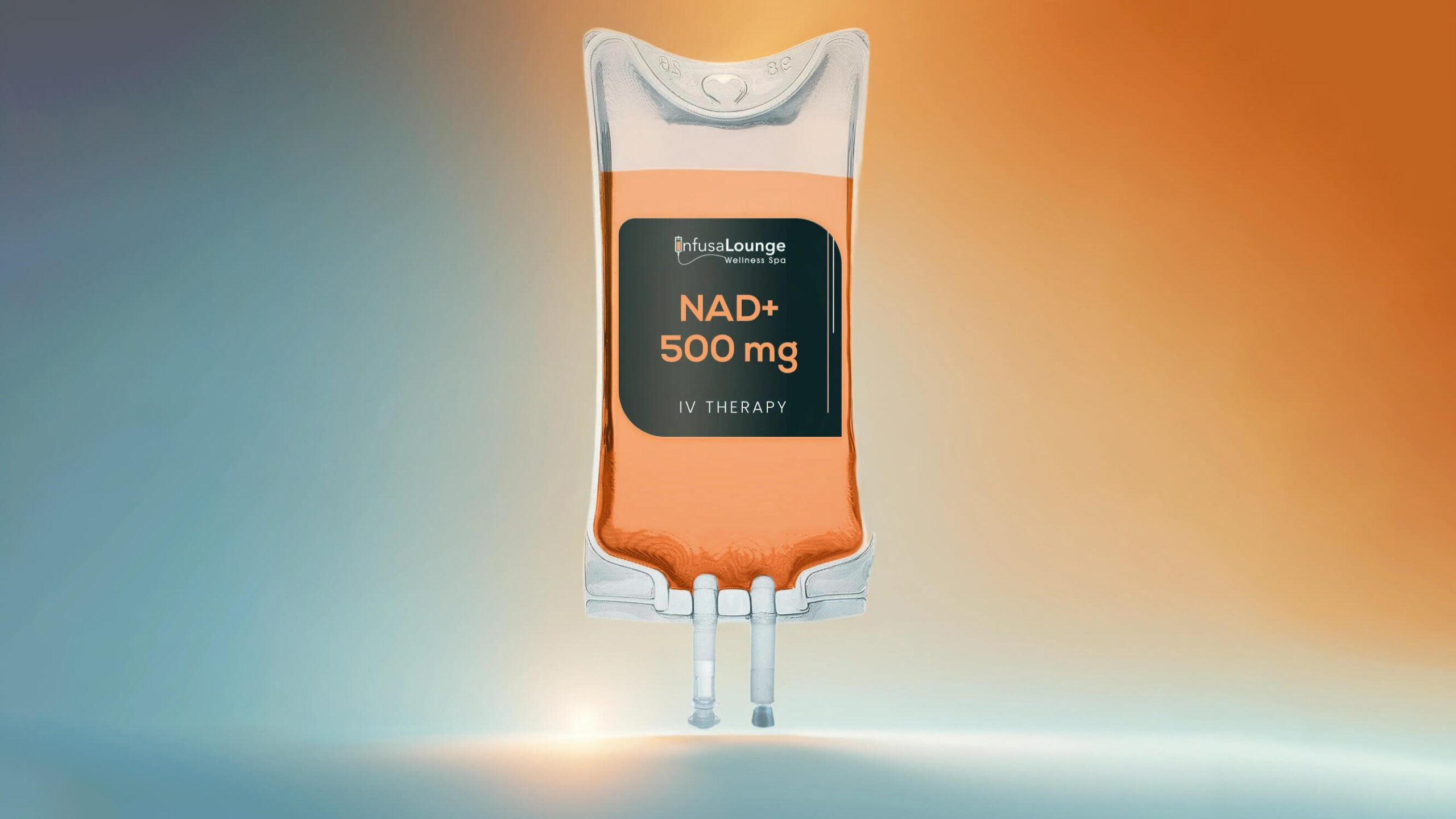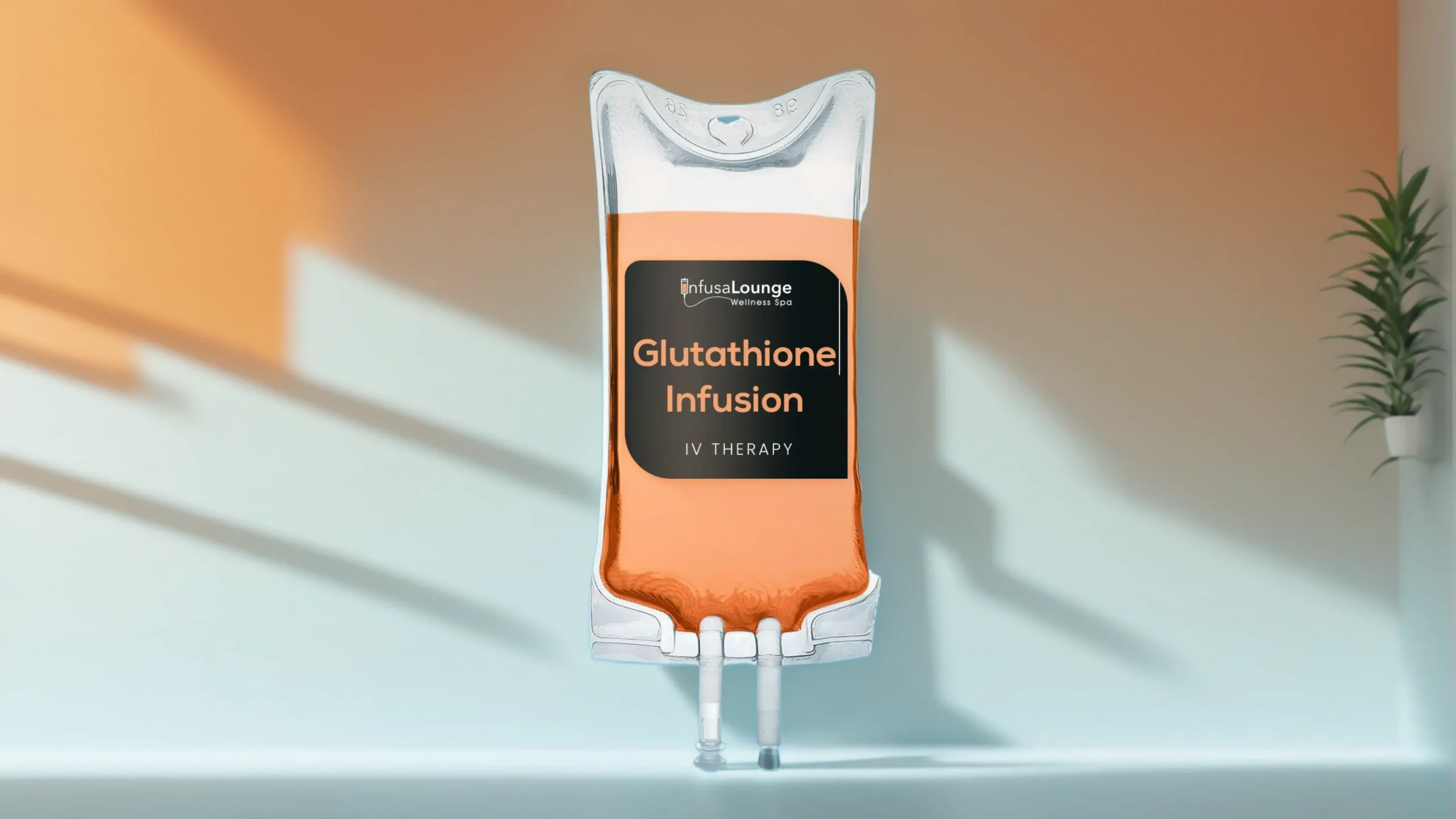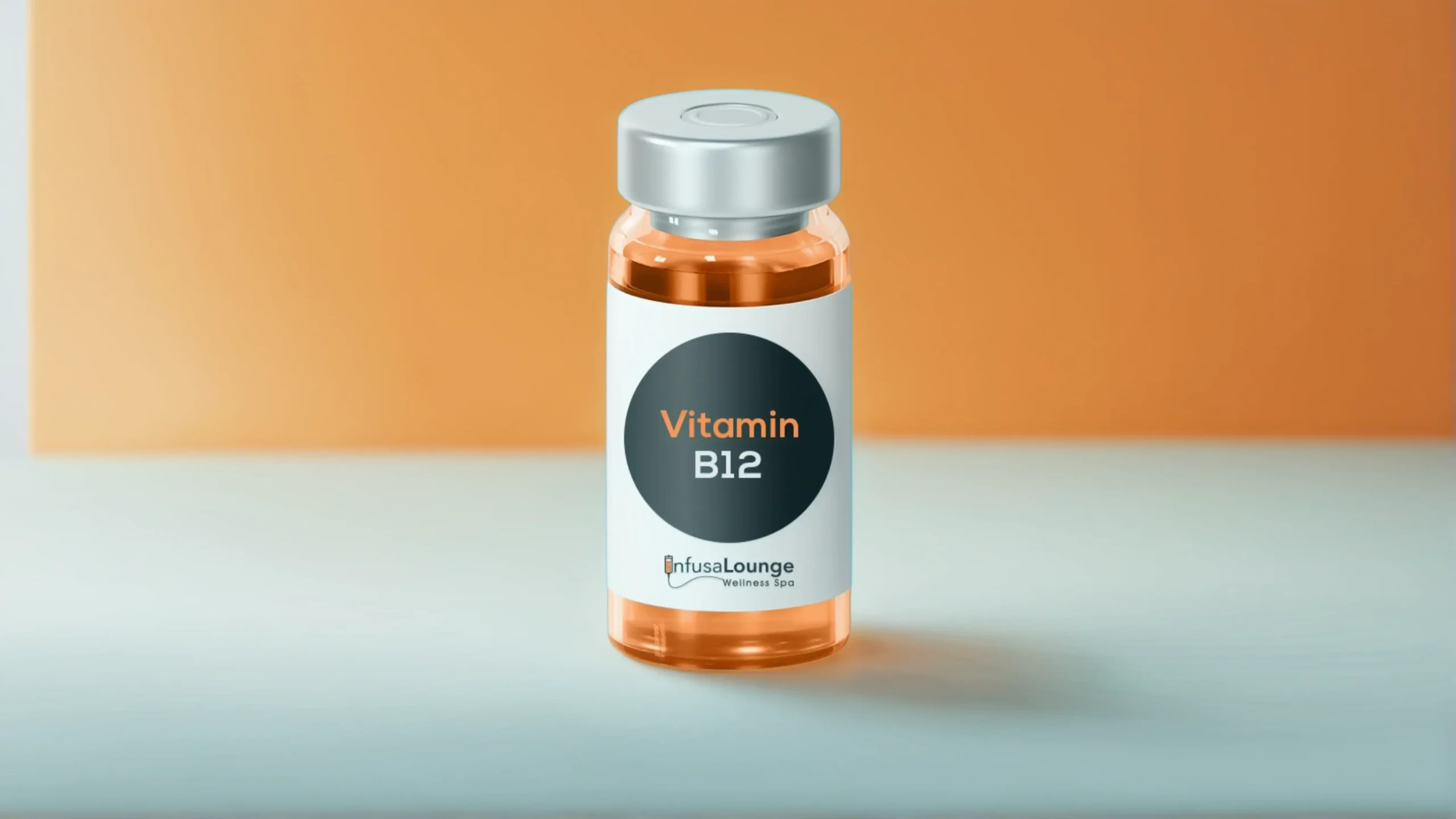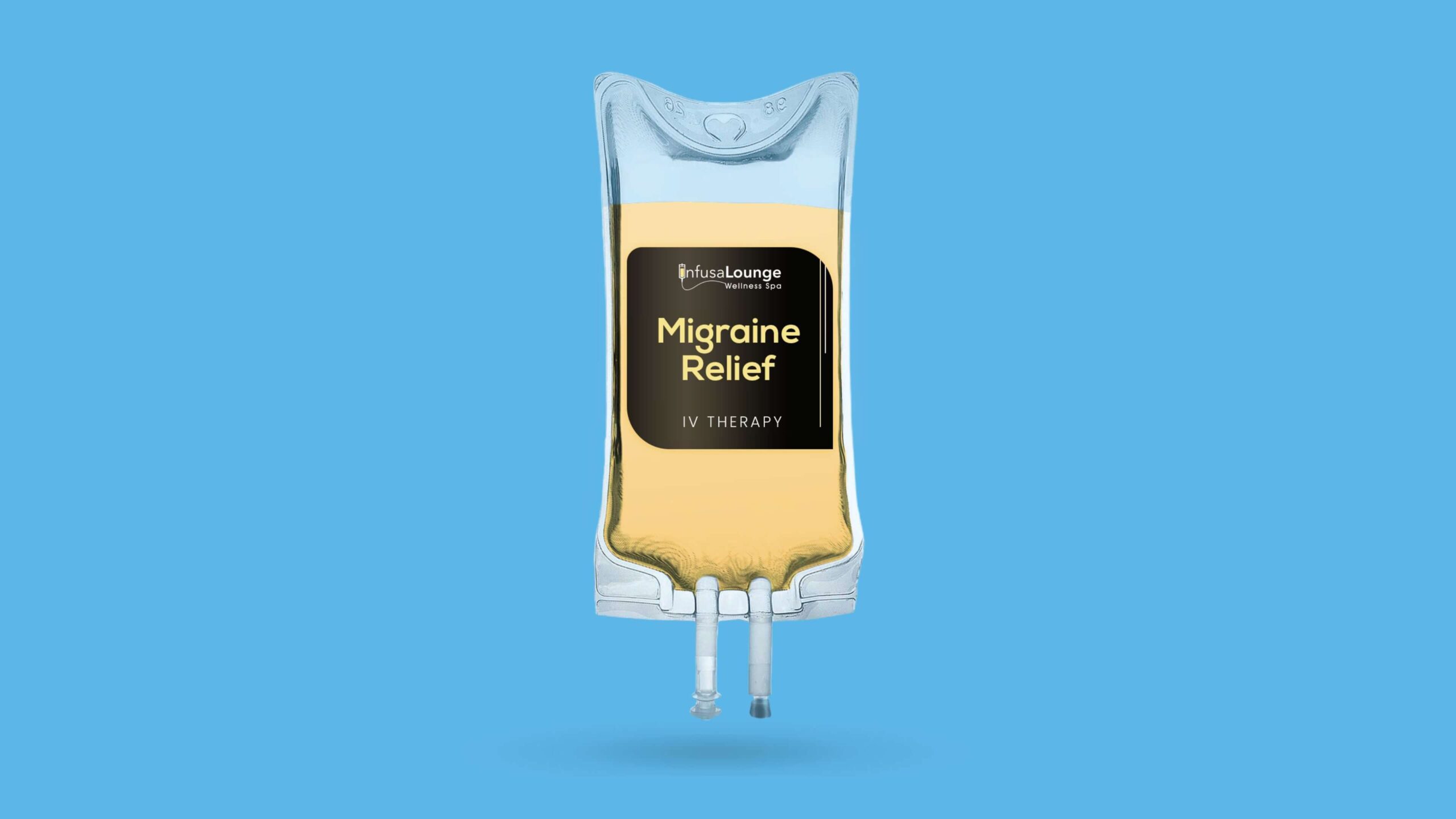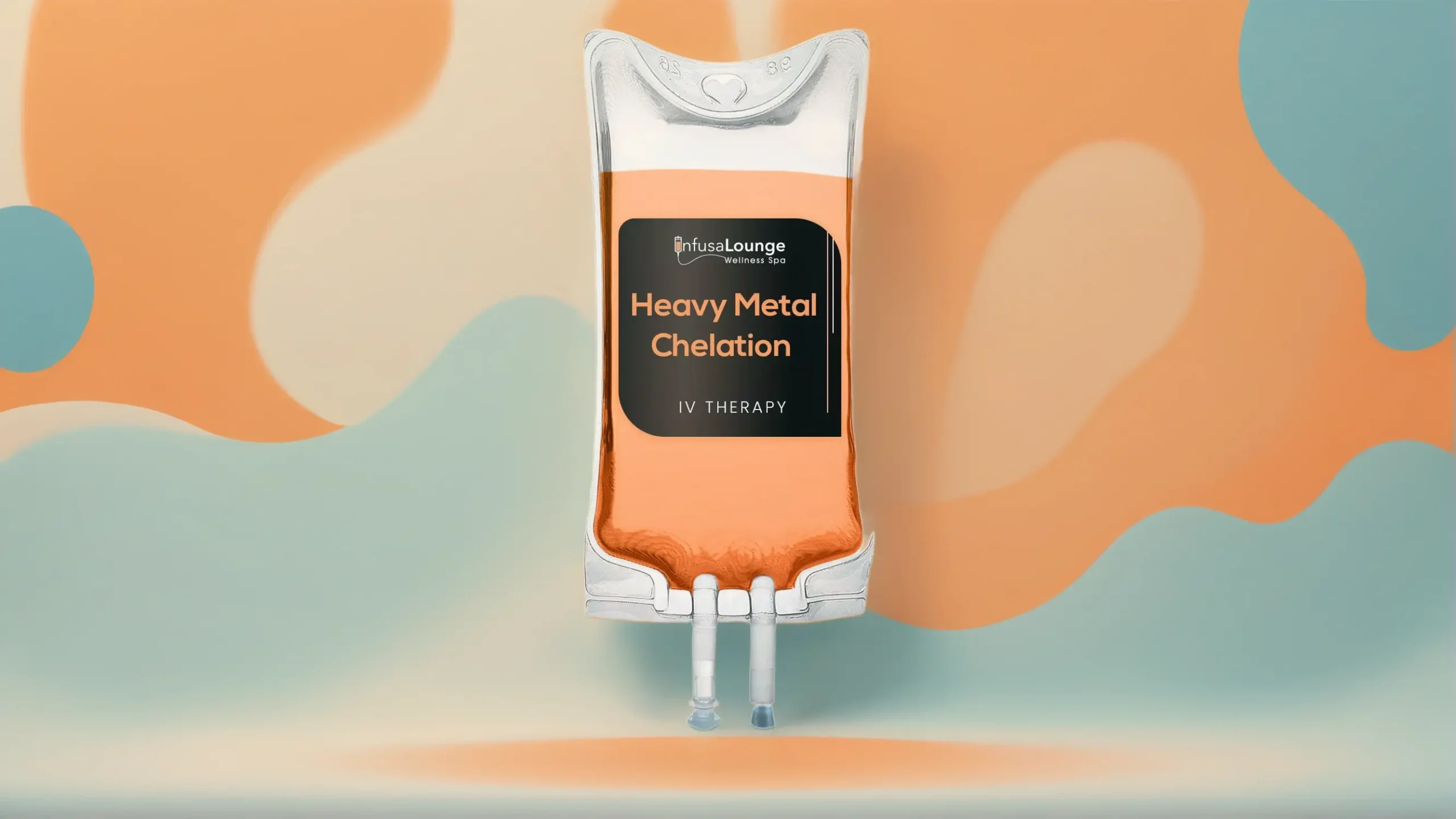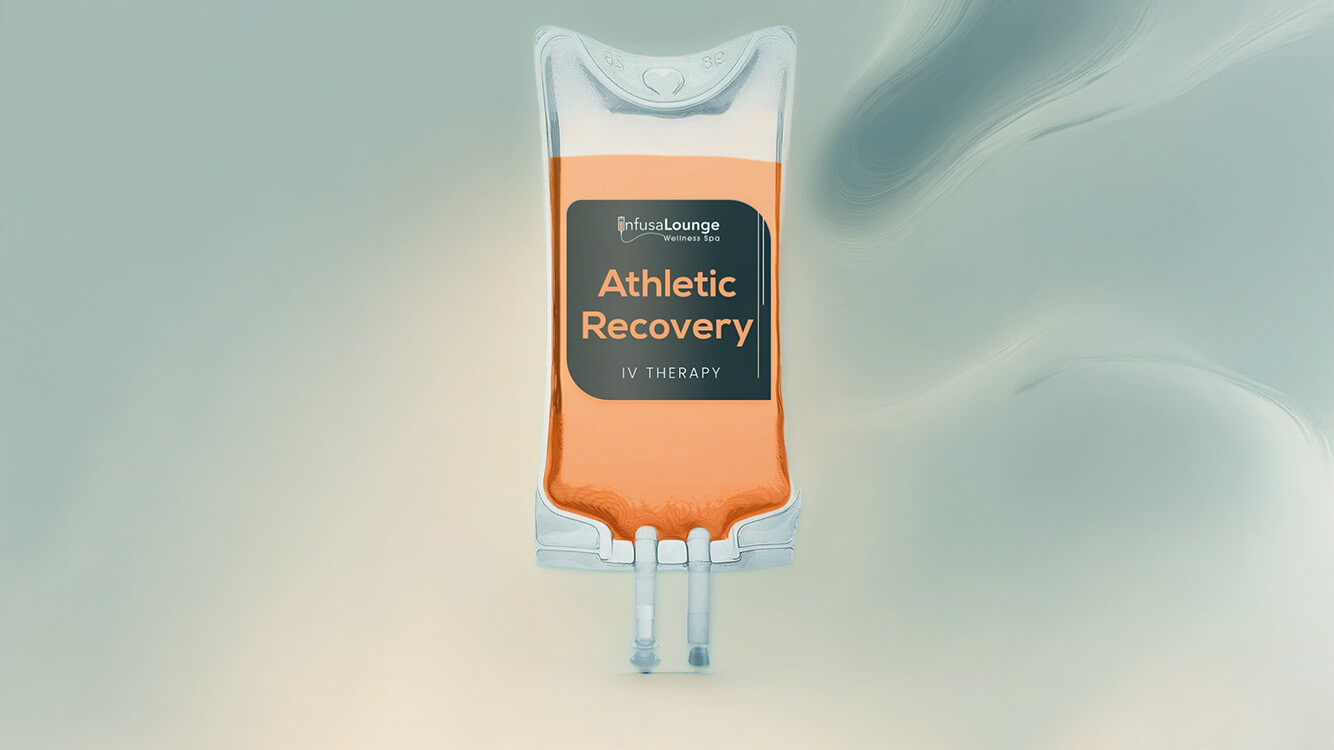Chronic pain can be a heavy burden, affecting everything from our daily activities to our overall mood. Many people search for relief through various treatments, often feeling frustrated with options that seem too invasive or come with a long list of side effects. That’s where PRP therapy steps in as an intriguing alternative.
By using your own blood to harness natural healing properties, this innovative treatment offers the promise of reducing pain without resorting to surgery or long-term medication reliance. In this article, we’ll dive into what PRP therapy is all about, what you can expect during treatment, and how it might just be the solution you’ve been looking for in your journey toward pain relief.
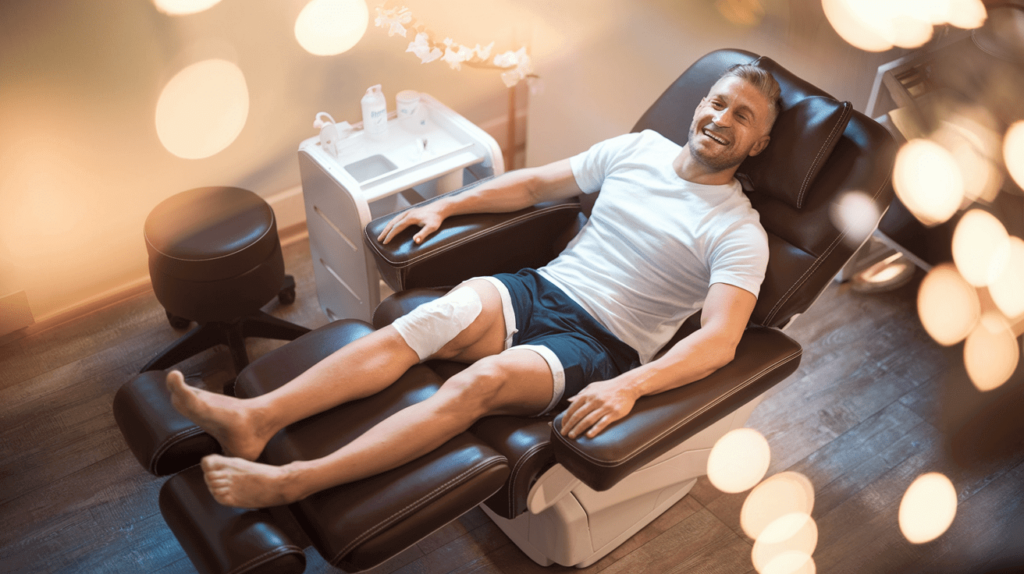
When undergoing PRP therapy for chronic pain, you can expect a minimally invasive procedure where your blood is drawn, processed to concentrate the platelets, and then injected into the affected area. Many patients report relief from pain and improved function over time, but it may take several weeks to see significant benefits, as healing and regeneration occur gradually.
The Science Behind PRP Therapy
Platelet-Rich Plasma (PRP) therapy taps into your body’s natural healing abilities, harnessing the power of your own blood to promote recovery. At its core, PRP begins with a simple yet effective process: blood is drawn from the patient, typically from the arm, and then placed into a centrifuge. This centrifuge spins rapidly to separate the components of the blood, allowing medical professionals to isolate a high concentration of platelets, which are essential for healing.
But what exactly are these platelets doing? They come packed with growth factors—powerful proteins that play a critical role in healing by stimulating new cell growth and tissue repair. These factors also serve a dual purpose in reducing inflammation, an important process in managing conditions characterized by pain and swelling. Essentially, PRP acts as a natural boost to the body’s reparative processes.
How PRP Works
Once the concentrated PRP solution is prepared, it is injected directly into the damaged area needing treatment—whether that be joints suffering from arthritis or muscles affected by strains. The real magic happens once those platelets are introduced to the damaged tissue. The high concentration of growth factors released encourages nearby cells to jump into action, significantly accelerating the repair process. It’s like giving your body a wake-up call to start its healing choreography.
“Imagine standing on stage during a performance, waiting for that cue to begin. In this analogy, platelets act as both the conductor and musicians, harmonizing your body’s healing effort to soothe chronic pain or injury.”
Importantly, studies have shown that not only does PRP therapy help accelerate healing and reduce pain sensations, but it may also improve function in joints and tissues previously hindered by injuries. For example, individuals suffering from conditions like tendonitis or knee osteoarthritis often express remarkable improvements following a few sessions of PRP treatment.
Now that we understand the principles behind this innovative treatment approach, let’s explore specific health concerns that benefit significantly from its application.
Common Conditions Treated
PRP therapy has emerged as a beacon of hope for those grappling with chronic pain. Among the most prevalent conditions benefiting from this innovative treatment is osteoarthritis. This degenerative joint disease often leads to debilitating stiffness and discomfort that can significantly impair quality of life. Patients frequently report a noticeable reduction in pain and improved joint function after undergoing PRP injections, making it a promising option for those seeking relief without resorting to invasive surgeries.
Another area where PRP excels is in addressing tendon injuries. Whether it’s the infamous tennis elbow or the bothersome jumper’s knee, tendon strains can limit mobility and hinder daily activities. Through the regenerative properties of platelet-rich plasma, patients often experience accelerated healing and a decrease in pain, allowing them to return to the sports or activities they love more quickly. It’s remarkable how something as simple as a quick injection can facilitate such significant improvement.
Moreover, those who have suffered from muscle strains also find comfort in PRP therapy. The beauty of this approach lies in its ability to accelerate recovery processes naturally. Imagine sustaining an injury that sidelines you from your favorite workout routine or daily tasks! With PRP therapy, many individuals have found that their recovery time is greatly reduced, allowing them to get back on their feet sooner while minimizing lingering pain.
Other Applications
But the benefits of PRP therapy don’t stop at chronic pain management. In fact, beyond its therapeutic use, PRP is increasingly employed in cosmetic procedures aimed at rejuvenating the skin and treating hair loss. This versatility showcases not just its medical efficacy but also its potential for enhancing aesthetic outcomes.
However, understanding what to expect during treatment remains paramount for anyone considering this innovative form of therapy moving forward into their healing journey.
What to Expect from PRP Injections
When you undergo PRP (Platelet-Rich Plasma) therapy, the experience is typically seamless and designed to make you feel comfortable. Your journey begins with a thorough consultation and assessment. During this initial meeting at InfusaLounge, a clinician will discuss your medical history in detail—this isn’t just about pain; they will review any underlying conditions that could impact treatment. It’s an opportunity for you to ask questions and express your concerns, ensuring that PRP therapy aligns with your health goals.
The subsequent step involves a blood draw and PRP preparation. This process is quite similar to having standard blood work done—nothing too intimidating! A small amount of blood is drawn from you, usually from your arm. Once collected, it’s placed into a centrifuge, which spins rapidly to separate the plasma from other components. You’ll get a concentrated solution filled with platelets, growth factors, and proteins tailored to facilitate healing.
With the PRP ready, it’s time for the actual injection.
Now comes the core of the treatment—the injection process. Using ultrasound guidance, the clinician carefully injects the PRP directly into the injured or painful area. This precision is vital; targeted injections can maximize the healing effects of the plasma on your tissues. You might feel mild discomfort as the needle goes in, but many describe it as a brief sensation rather than anything overwhelming. Most importantly, this discomfort is typically short-lived.
After your injection, there may be a brief recovery period where you’re monitored and provided with aftercare instructions. It’s common to experience some soreness or swelling in the treated area, which usually subsides within a few days. Staying hydrated and following any immediate post-treatment advice can significantly enhance your recovery and results.
Additionally, improvement from PRP therapy typically doesn’t happen overnight. Clients often start noticing changes over several weeks as the body gradually heals itself using its newfound resources from the injected PRP. Overall, patience is key; healing is a journey that unfolds uniquely for each person.
As you move forward in your treatment plan, understanding how long sessions last and how frequently they occur will help set clear expectations for your healing journey.
Duration and Frequency of Sessions
When it comes to PRP therapy, understanding the timing can significantly enhance your overall experience and results. Generally, a typical treatment course includes 2 to 3 sessions spread out over several weeks. This spacing allows your body enough time to respond to each treatment effectively. Imagine you’re nurturing a plant: you wouldn’t flood it with water all at once; instead, you’d provide consistent care over time for it to flourish. In the same way, each session is designed to build upon the last, allowing the recovery mechanism set in motion to work its magic.
Typical Treatment Schedule
Initially, your healthcare provider may recommend that these sessions occur roughly 4 to 6 weeks apart. This window allows for recovery and maximizes the potential regeneration properties of your own platelet-rich plasma. Depending on the nature of your condition—be it musculoskeletal pain, arthritis, or another issue—the exact interval might be adjusted. For instance, those dealing with severe pain may benefit from a closer scheduling as they seek relief.
“It’s important to remember that ongoing communication with your medical team is essential. They will monitor your progress and help refine this plan based on how you feel post-treatment.”
Maintenance Sessions
After completing the initial treatment cycle, many people find it beneficial to incorporate maintenance sessions every 6 to 12 months. Just like an annual check-up keeps your overall health in check, these maintenance appointments help sustain the results achieved from your primary treatments.
This ongoing care is particularly crucial for chronic conditions, where symptoms tend to reappear over time. Scheduling regular follow-ups not only prevents regression but also reinforces that sense of wellness, ensuring that those gains don’t fade away too quickly.
As we explore the overarching effectiveness of these therapies, it’s essential to look at how they can significantly improve quality of life and provide long-term relief for various conditions.
Effectiveness and Outcomes
Evaluating the effectiveness of PRP (Platelet-Rich Plasma) therapy offers valuable insights for prospective patients. A growing body of research suggests that PRP is not only a viable option for managing chronic pain but also a promising one. The procedure harnesses the power of your body’s own growth factors to promote healing in damaged tissues, making it a natural choice for many looking for relief.
Statistical Insights
According to research studies, approximately 70% of individuals undergoing PRP therapy report significant pain relief and notable functional improvement after their treatment. For those suffering from conditions like osteoarthritis, outcomes are particularly encouraging; many patients experience pain reduction that can persist for as long as 18 months following a single session of therapy. This prolonged effect can dramatically enhance quality of life, allowing individuals to resume daily activities and enjoy their hobbies without the heaviness of chronic discomfort looming over them.
“In essence, these statistics speak volumes about the potential of PRP therapy to provide tangible, lasting results—a light at the end of the tunnel for those trapped in cycles of pain management.”
Long-term Benefits
One of the most compelling aspects of PRP therapy lies in its long-term benefits. Many patients find that the initial relief they experience translates into a reduced reliance on pain medications, which can often come with undesirable side effects. Since PRP therapy utilizes biological materials derived from one’s own body, it tends to have fewer complications compared to conventional treatments such as corticosteroids or opioids. This natural approach not only enhances safety but also eases patient concerns regarding the use and potential abuse of synthetic medications.
While some therapies may offer immediate relief, they often lead to an ongoing cycle of dependency. With PRP therapy, however, the focus shifts toward healing and regeneration. This means that over time, patients can typically expect both decreased pain and improved function without being tethered to prescription bottles filled with medication.
As we explore the various options available for chronic pain relief, understanding how one treatment stacks up against another becomes crucial for informed decision-making.
Comparing PRP with Alternative Treatments
PRP therapy is generating a buzz in the medical community due to its natural approach to healing. One prominent point of comparison arises when considering steroid injections, which many patients often turn to first for quick relief from pain.
While it’s true that steroids can induce immediate pain relief, they only offer temporary benefits. Patients may find that this comfort typically lasts just a few months before needing another injection. Beyond that fleeting relief, steroid use can lead to unwanted side effects, including the alarming prospect of tendon weakening or potential damage to cartilage over time.
In contrast, PRP therapy works to repair and regenerate damaged tissues rather than simply masking pain. It leverages the body’s own healing mechanisms with minimal risk of adverse effects.
Moving forward, consider the role of physical therapy in managing chronic pain. While physical therapy is an essential aspect of recovery for many conditions, it can sometimes lack the immediate impact that patients desperately seek. Here, PRP can shine as a valid adjunct or alternative treatment. Its minimally invasive nature allows it to complement physical therapy effectively; patients may find that PRP reduces their pain significantly enough to participate more fully in rehabilitation exercises without discomfort.
For those grappling with partial tendon tears or similar injuries, turning to PRP instead of more aggressive treatments can lead to quicker recovery times and fewer complications compared to surgery.
This connection between PRP therapy and other treatments underscores the importance of informed decision-making in healthcare. Exploring real-world testimonials will help highlight how effective this therapy truly is, guiding both you and your healthcare provider in selecting the best path forward for managing chronic pain.
Patient Stories and Experiences
Understanding the experiences of patients who have utilized PRP therapy is essential for grasping its impact. One compelling story comes from John, a 58-year-old retiree who faced debilitating knee pain due to osteoarthritis. His situation was dire, with pain intruding on every aspect of his daily life.
“After just two PRP sessions at InfusaLounge, the pain subsided significantly, and I could enjoy my walks again,” he shared. This transformation not only highlights the effectiveness of the treatment but also emphasizes how restoring functionality can greatly enhance overall quality of life.
Next is Emily, a dedicated 35-year-old tennis player who struggled with chronic tendonitis in her elbow. The pain often held her back from performing at her best. But after trying PRP therapy, she noticed an incredible change.
“The personalized care and precision at InfusaLounge made all the difference. I’m back on the court faster than I expected,” she recounted enthusiastically. Her experience showcases the vital role that individualized attention plays in tailoring treatment to fit specific needs, ultimately leading to quicker recovery times.
“These testimonials illustrate that PRP therapy has alleviated chronic pain for these individuals and restored their ability to engage in activities they love—be it leisurely walks or competitive sports.”
Additionally, such personal accounts add invaluable insight for anyone considering PRP therapy. They demonstrate not just the potential medical benefits but also how this innovative treatment can reinvent everyday experiences and aspirations. The satisfaction expressed by John and Emily reflects a broader trend seen at InfusaLounge, where many clients report increased wellness, energy levels, and overall vitality after treatments.
If you’re struggling with chronic pain and are curious to see if PRP therapy might be right for you, consider scheduling a consultation at InfusaLounge. Discover how this transformative therapy could positively influence your life as it did for John and Emily.
FREQUENTLY ASKED QUESTIONS
*Note: Answers have been reviewed by the InfusaLounge medical staff to ensure accuracy.

